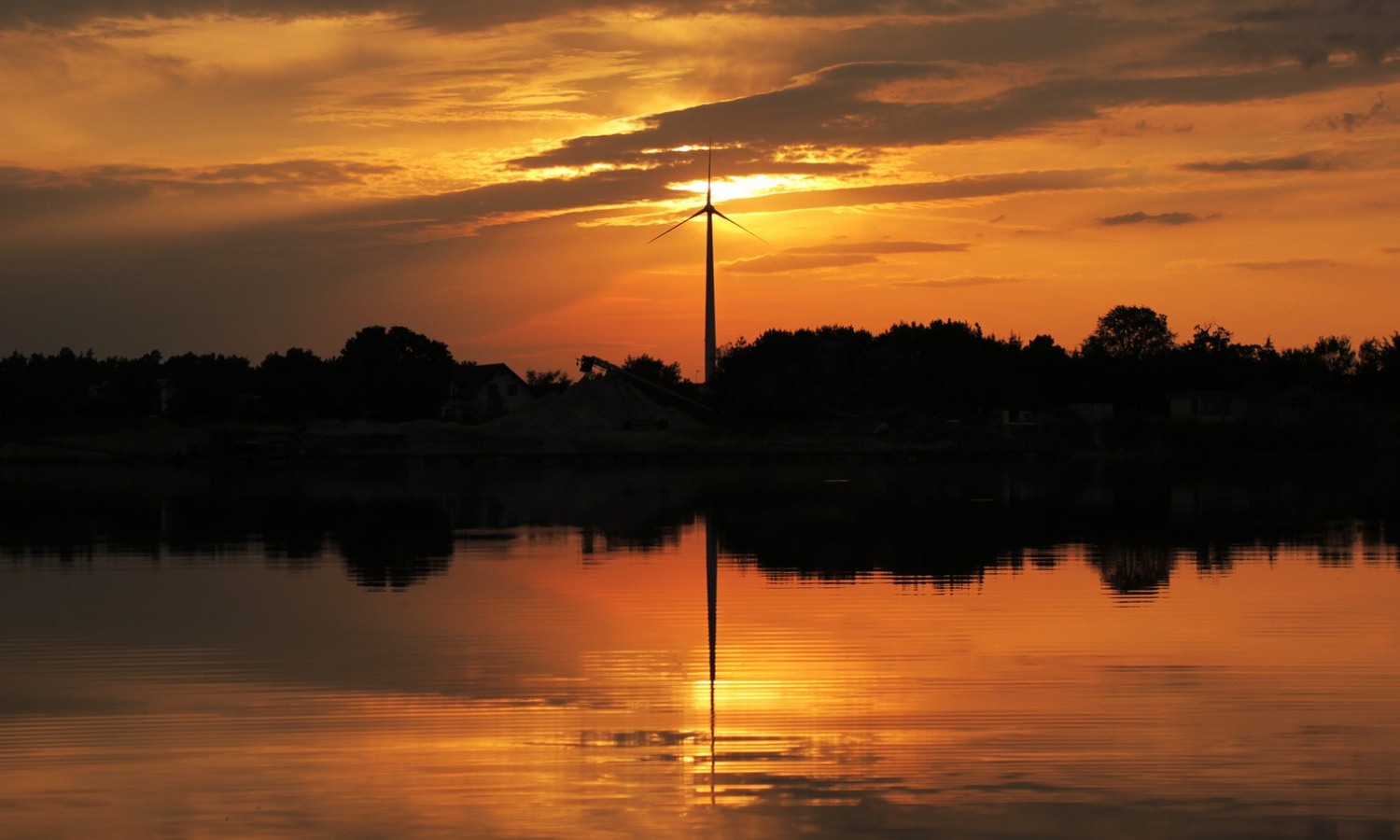The problem with solar panels is that part of the day is night, and sometimes, the entire day is cloudy. When it comes to wind turbines, they’re completely dependent upon it being not only windy, or not too windy, but not too cold.
In February of 2023, Pipeline Online reported that Alberta’s 36 wind farms produced only 11 megawatts of electricity — about 0.3% of their 3,618 megawatts capacity — with 31 turbines not operational. Part of the reason was due to frigid temperatures. Wind turbines effectively shut down and hibernate when temperatures reach below -30C, which is common throughout Alberta, especially in the north.
“At this moment 91.3% of Alberta’s electricity is being produced by fossil fuels. Wind is at 0.4% of capacity and producing 0.1% of total generation, while solar is at 33.2% of capacity and producing 3.61% of total generation. At the same time we are importing 811 MW or 7%,” tweeted Reliable AB Energy on February 23, 2023.
And then it happened again. In June this year, wind power production collapsed not only from the Canada-U.S. border south of Estevan to the Texas panhandle, but also throughout Alberta and Saskatchewan’s wind power areas.
One of the arguments for the implementation of wind power production is if the wind is not blowing here, it’s got to be blowing somewhere. So if you build enough wind all over the place, spread it out, and interconnect it all, you should be covered… When you add it all up, all the major wind power production areas in Alberta, Saskatchewan, Manitoba, eastern Montana, North Dakota, South Dakota, Nebraska, western Iowa, western Missouri, northern Arkansas, Oklahoma, eastern New Mexico and the Texas panhandle had next to no wind power production at the very same time.
Brian Zinchuk, Editor, Pipeline Online, June 7, 2023
That means that other energy sources like fossil fuels or nuclear are essential in order to keep power supplied to Canadian cities and towns. As Emeritus Professor Wade Allison of Oxford University points out, “if the wind drops to half speed, the power available drops by a factor of 8. Almost worse, if the wind speed doubles, the power delivered goes up 8 times, and as a result, the turbine has to be turned off for its own protection.” The “bluster of windfarm politics” ignores the plain facts, he says: “Wind power fails on every count.”1
This means power grids must be balanced in real-time. “Power out = power in… and this is why wind and solar are NEVER going to work and why they are not only destroying the grids they touch in meaningful size and making them unreliable and failure-prone…”, say the science writers over at Bad Cattitude, “they will always require huge investments in gas and oil burning ‘fast spin’ systems on ‘rapid ready’ to compensate for their inconstancy.”2
Indeed, European nations like Britain and Germany are facing massive price increases as well as energy shortages, the further they move away from reliable sources. Why isn’t Alberta learning these lessons?
- cf. “Oxford Scientist: Wind Power Not Reliable”[↩]
- “EU physics denial has come home to roost“, Sept. 14, 2022[↩]
Mark Mallett is a former award-winning reporter with CTV Edmonton and an independent researcher and author. His family homesteaded between Vermilion and Cold Lake, Alberta, and now resides in the Lakeland region. Mark is Editor in Chief of Wind Concerns.


